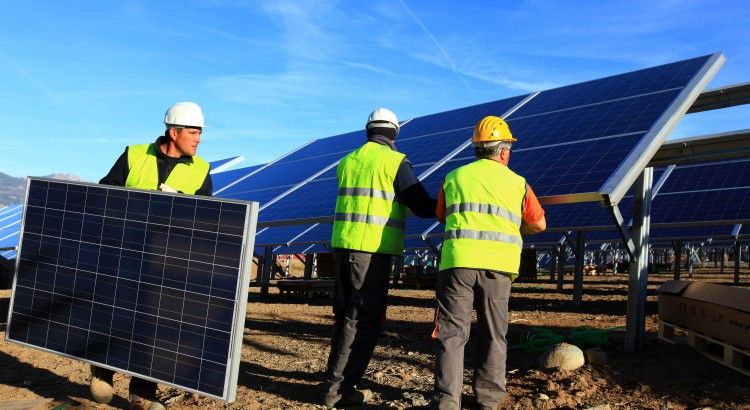Clean energy certificates (CEL) are certificates issued by the CRE that guarantee that a certain amount of energy is produced from clean energy sources.
CELs are granted to generating plants for each megawatt-hour (MWh) they produce using clean energy sources.
Companies that sell electricity to basic users, in order to prove that the energy they are selling is clean, have to acquire CELs in the wholesale electricity market (MEM), for the percentage of clean energy they sell.
According to the Electricity Industry Law, the Energy Regulatory Commission (CRE) grants CELs to plants that started operating as of 2014 (all private); and CFE plants that were operating in 2014 and met a minimum investment requirement to increase their production with clean energy sources.
A World Trade Organization (WTO) report indicates that in 2014 none of the plants operated by the CFE complied with this requirement.
However, since 2019 the CRE began granting CELs to all plants that produce clean energy, regardless of any requirements, which benefits CFE plants that did not qualify in 2014.
A minimum percentage of the electricity that companies sell to basic users must be produced with clean energy sources; in 2022, this requirement is 13.9 percent.
As in 2017, CFE is the only company that sells electricity to basic users.
Clean energy certificates
To prove that it meets this minimum requirement, CFE must purchase a number of CELs equivalent to 13.9 percent of the energy sold.
If the CFE does not comply with the requirement, the CRE may fine it.
CELs were sold in the MEM until 2018 through auctions or contracts. But auctions were suspended in 2018, and since then sales are made only through contracts, at an agreed price. According to the WTO, this resulted in higher prices.
However, since 2019, as LECs are awarded to all plants generating clean energy, the supply of LECs increased and in principle the price went down.
While this allows CFE to purchase CELs at a lower cost, this could discourage private investment in clean energy plants.

